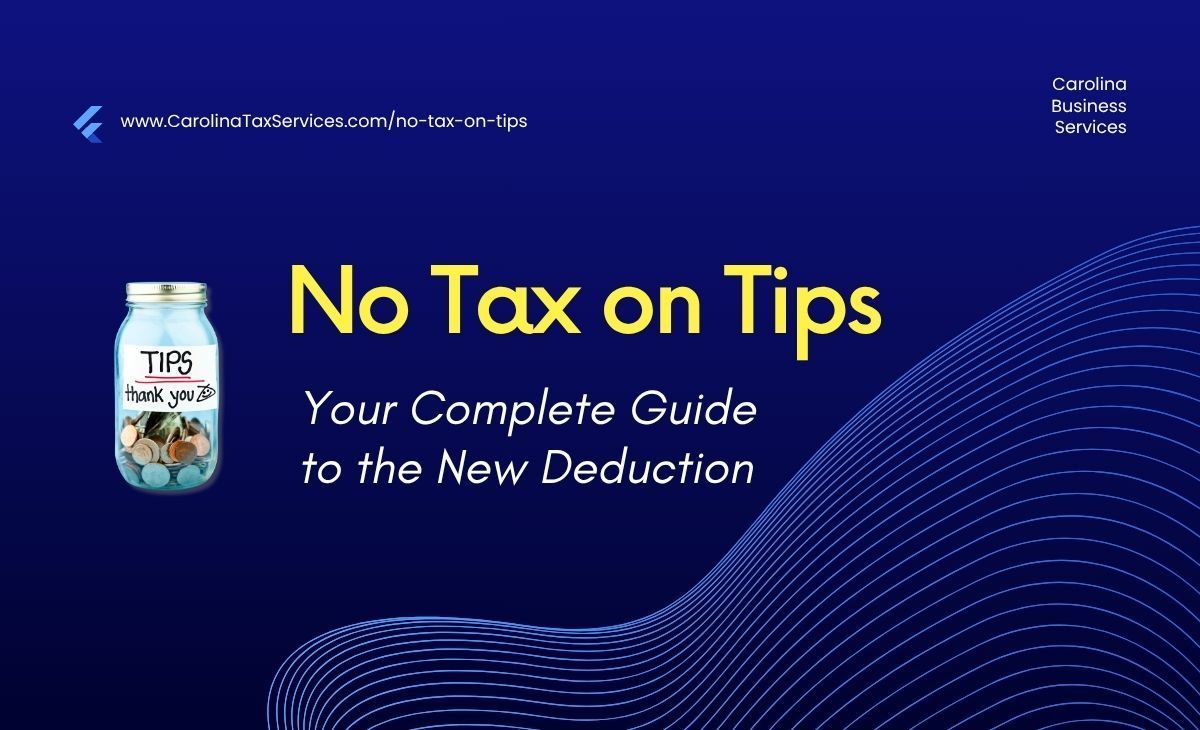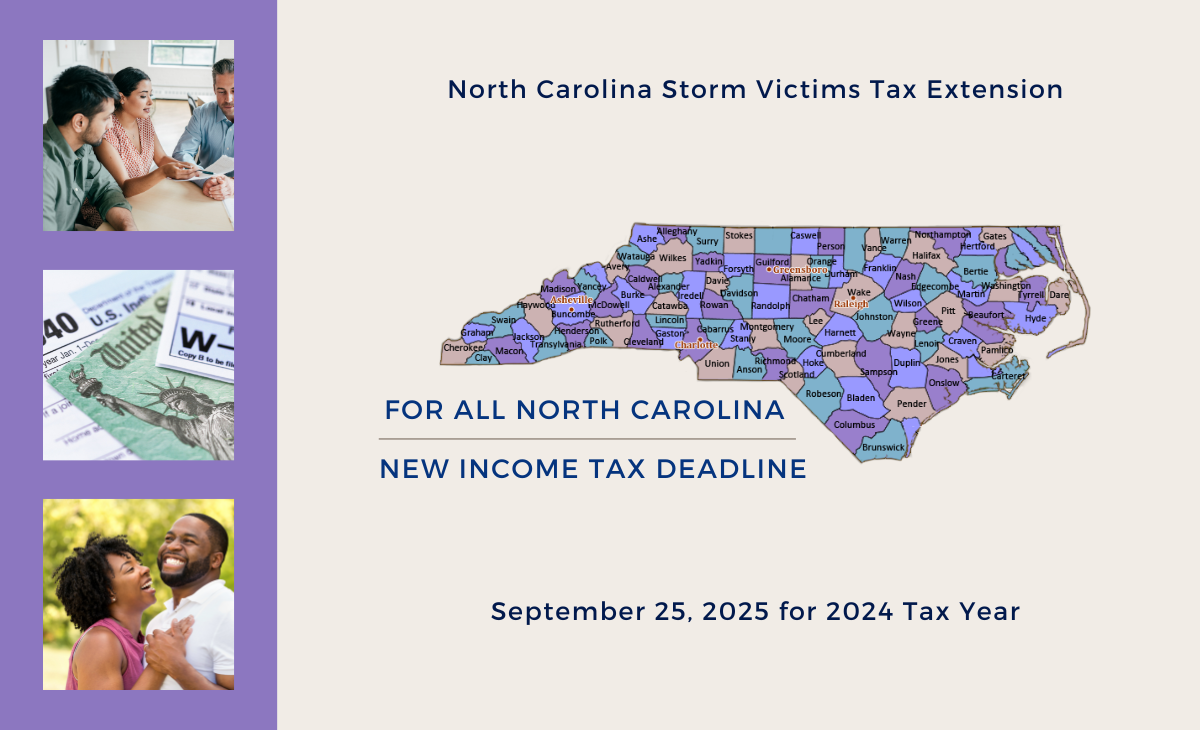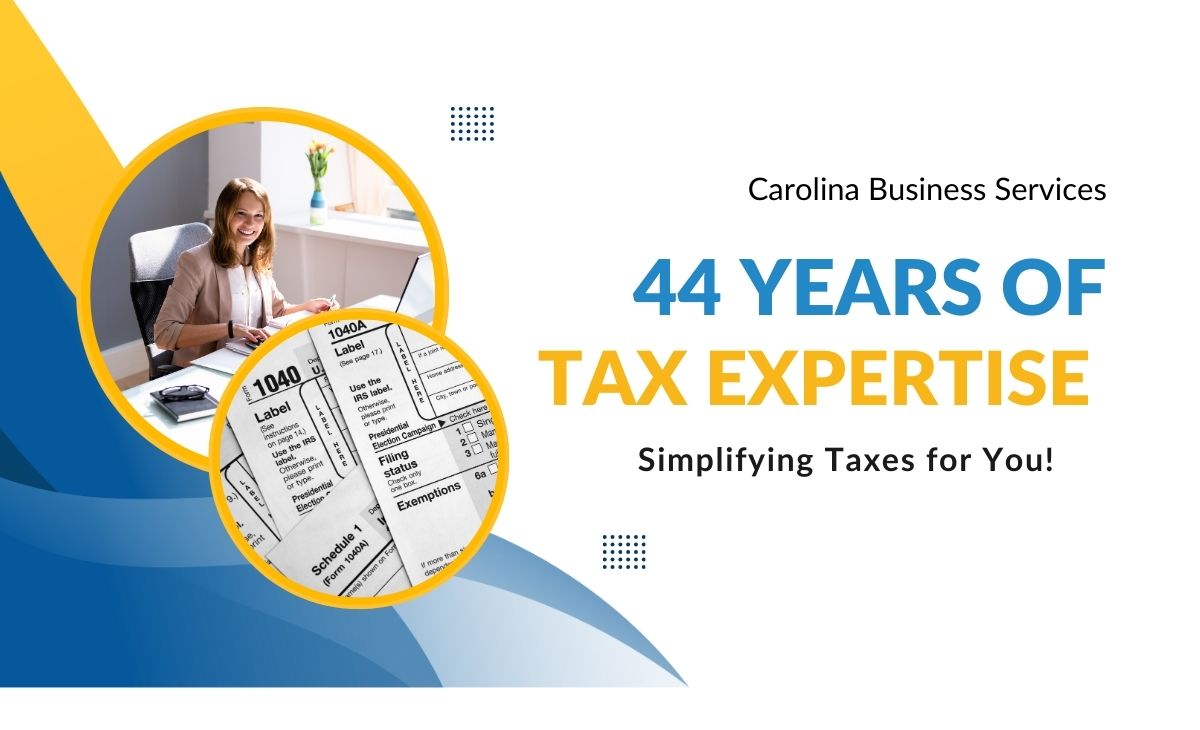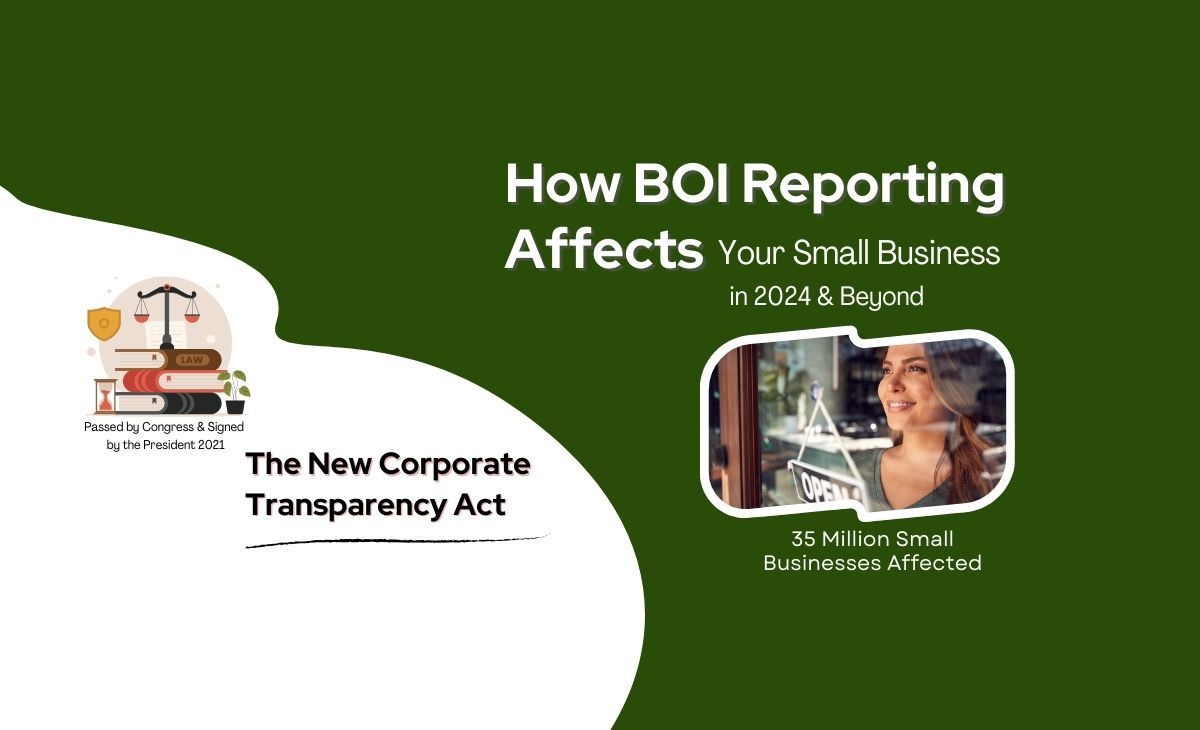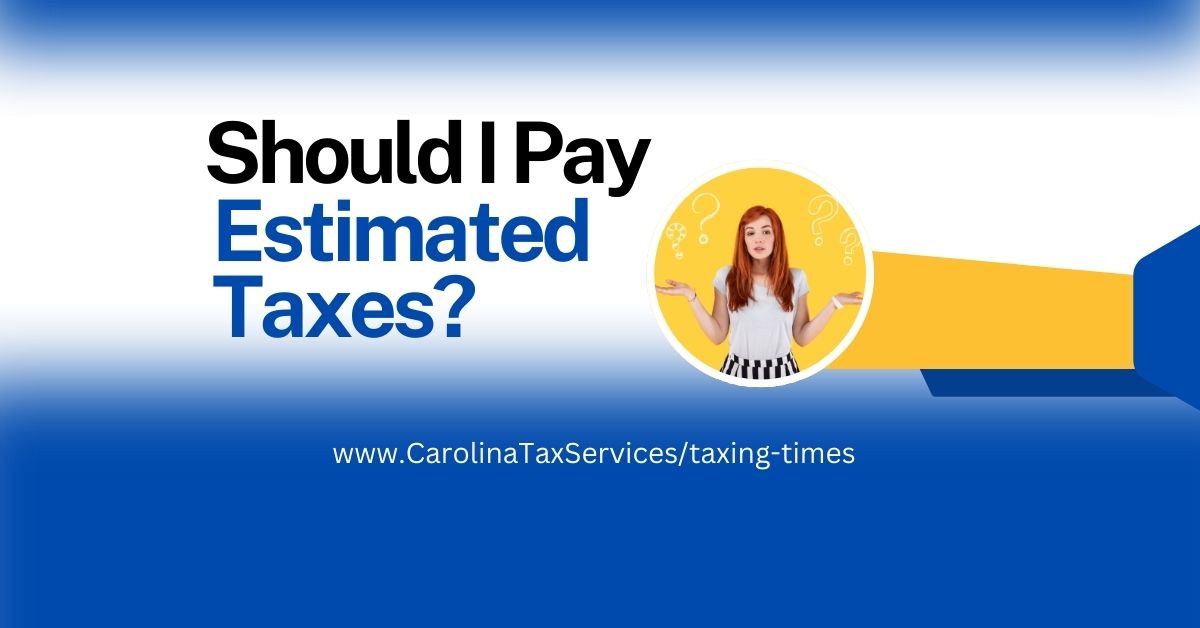One Big Beautiful Bill and Your Taxes
The New Tax Law
What Changed and Why it Matters
Overview
The One Big Beautiful Bill
A sweeping tax law called the “One Big Beautiful Bill” (OBBB) is now in place, and it changes how millions of Americans will file their federal income tax returns. From families and seniors to businesses and farmers, this law touches almost everyone in some way.

But before we talk about what’s new, it helps to look back at 2017. That’s when the Tax Cuts and Jobs Act (TCJA) lowered tax brackets and increased the standard deduction, saving many households tax money since 2018. Those savings were scheduled to end after the 2025 tax year, which would have meant higher taxable income, and bigger tax bills, starting in 2026.
Why the OBBB Matters For You
No Tax on Tips
Employees who earn a living from tips can now deduct a portion of that income on their tax return. This is especially valuable for servers, bartenders, and others who count on tips as a steady part of their paycheck — and it can mean real savings when it’s time to file.
How it works:
- Up to $25,000 in tips each year
- Phases out at higher incomes: above $150,000 single / $300,000 married filing jointly
Are your tips eligible? Get the full details here: www.carolinataxservices.com/no-tax-on-tips
No Tax on Overtime
The new law also gives relief to employees who depend on overtime pay. The deduction applies to the overtime premium — the extra pay above your regular hourly rate — and for many workers that can add up to real savings at tax time.
How it works:
- Up to $12,500 for single filers and up to $25,000 for married couples filing jointly
- Phases out at higher incomes: above $150,000 single / $300,000 married filing jointly
Bigger Benefits for Families with Children
One of the most important parts of the new law for parents is the increase in the Child Tax Credit, now set at $2,200 per child with future inflation adjustments. For example, a family with three children will now receive $6,600 in credits — an amount that will continue to rise as inflation adjustments take effect. The Child Tax Credit is partially refundable — meaning if the credit is larger than your tax bill, families may get part of it back as a refund.
How it works:
- $2,200 per qualifying child under age 17
- Refund eligibility depends on income and filing details (so results vary)
- Adjusts for inflation beginning in 2026
- Phases out if income is: above $200,000 single / $400,000 married filing jointly
A New Deduction Just for Seniors
If you’re age 65 or older, the new law gives you a valuable boost: an additional $6,000 deduction on top of the standard deduction. That means your taxable income is reduced even further, giving you extra breathing room when you file your 2025 return in April 2026.
How it works:
- $6,000 additional deduction for each taxpayer age 65+
- Added to the regular standard deduction. For example, a married couple both over 65 could add $12,000 on top of the standard deduction of $29,200.
- More of your income stays tax-free, easing the impact of your final tax bill
A New Deduction Just for Car Buyers
For the first time, interest on certain personal car loans can be deducted on your tax return. This deduction applies to new vehicles purchased after December 31, 2024, and is available for the 2025 through 2028 tax years.
How it works:
You can deduct up to $10,000 in car loan interest each year
Phases out if income is: above $100,000 single / $200,000 married filing jointly
Applies only to new cars, SUVs, pickups, vans, or motorcycles assembled in the U.S.
Additional Information From the IRS:
When Itemizing Still Makes Sense
While most taxpayers will use the standard deduction, some will still benefit from itemizing. The new law makes several adjustments that could matter to homeowners, independent contractors, those with larger medical expenses, or higher-income households in states with heavier tax burdens.
How it works:
- Private Mortgage Insurance (PMI) becomes deductible
- Mortgage interest deduction rules stay the same
- Medical expenses above 7.5% of AGI remain deductible
- Other smaller changes affect certain credits and deductions for those who itemize.
- The State and Local Tax (SALT) deduction cap is increased to $40,000 for qualifying households
Additional Information From the IRS:
Other Important Updates
Estate and Gift Taxes
Beginning in 2026, the federal estate, gift, and generation-skipping transfer (GST) tax exemptions rise to $15 million per individual ($30 million for married couples). These higher exemption amounts will also be indexed for inflation in future years.
Agriculture and Farmland
For those involved in farming or agricultural land, the law creates new options for installment payments on sales or exchanges of qualified farmland. In addition, Section 179 expensing limits are raised, making it easier for farmers and other small operators to deduct the cost of equipment more quickly.
More information:
Relief for
Small Businesses and the Self-Employed
The new law also includes provisions for small businesses and self-employed taxpayers. The most important change is keeping the 20% Qualified Business Income (QBI) deduction in place under current law. Bonus depreciation, Section 179 expensing, and other rules are also adjusted to encourage reinvestment and growth.
We’ll cover these changes in more detail in a separate post focused just on small businesses.
Additional information From the IRS:
Making Sense of the Changes
Fast, Efficient, and Always Focused on You
The One Big Beautiful Bill is already reshaping the way returns will be filed in 2026. Laws this large can feel overwhelming, but that’s why we’re here — reviewing official IRS guidance, government releases, and professional training resources. That way we fully understand how the new tax implications will affect you and your business.
Our focus is on keeping watch over the details and translating them into plain language, so you know exactly what matters for your income tax return.
We’ll continue following this law closely and sharing updates, so when it’s time to prepare your 2025 income tax return in April 2026, you’ll know what to expect — and how to make the most of every deduction and credit available to you.
More Information About Us
Disclaimer: This article is for general informational purposes only. Tax laws include many conditions and exceptions, not covered in this article, that may apply differently to each taxpayer. It is not legal or tax advice. For guidance on your specific situation, consult your tax professional or attorney.
More Information – Overview of the Complete OBBB:



